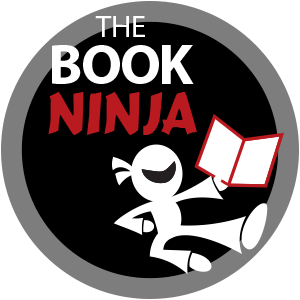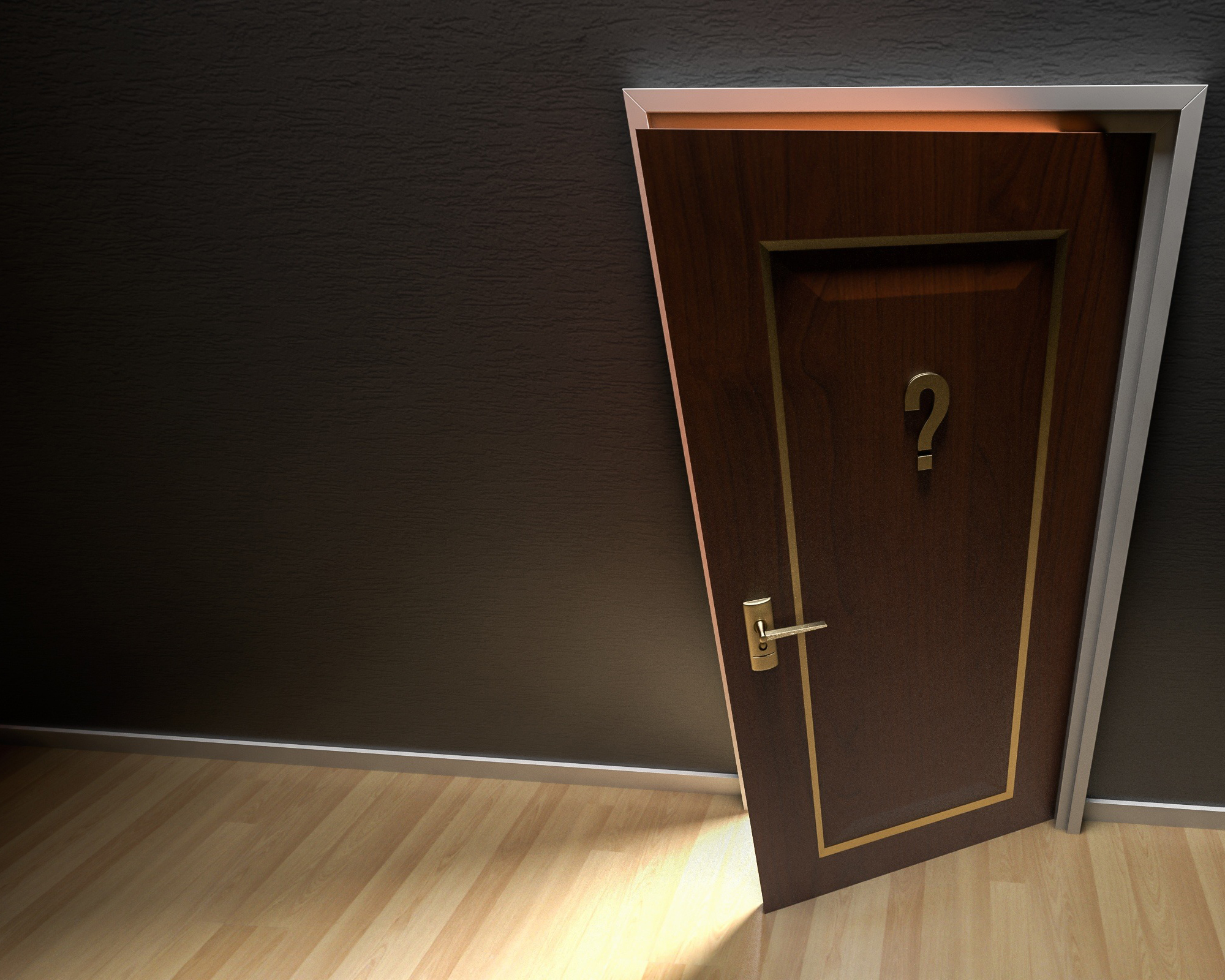One of the biggest complaints I hear from self-published authors who found The Ultimate Book Coach after they published their books is, “My book isn’t selling. Can you help me?” While every book needs a good marketing plan, 99% of the time when I look at their book on Amazon or their website, I can name several reasons why they’re having problems selling their books.
Here are 10 reasons why their self-published books don’t sell, and what you can do to make sure yours does.
1. Non-Competing Niche—Books that do well are those in a popular niche. If you do an Amazon search and find hundreds of books in your niche, that’s a good sign. It doesn’t mean that niche is over-populated, it means that niche is hopping. Think of the diet and food industry. More diet books are being published every day, and they still continue to sell.
If you want to tell your personal story, ensure its success by tying your story in to how-to steps your reader can take to change his or her life. For example, if you’re writing your story about surviving cancer, focus on a specific type of cancer (narrow your niche) and be specific with your readers as to how they can get the same results you did and how you thrived through it.
2. Poor (or no) editing—Your close friends and family may buy your book and leave you glowing Amazon reviews to support you, but all it takes is one nasty Amazon review from a reader outside your circle to dampen your overall sales. If you have a list of devout followers who hang on your every word, you can get them to give your book five stars on Amazon. However, be careful as too many five-star reviews paired with a lot of one- and two-star reviews attacking the content will tell the truth that your book is poorly edited.
Ensure your book’s content is clean and professionally edited by a book industry expert, and you’ll go a long way toward satisfying your readers and getting complete strangers to sell your book for you by recommending it to their friends.
3. Bad writing—Let’s face it, some books are badly written to begin with. Hiring a professional editor can help, but I’ve read some books that are nothing short of one sales letter after another trying to get me to purchase the author’s or the author’s friends’ products. Affiliate links and recommending programs is fine in a book, and it’s even a good tactic for increasing residual income.
However, you can really anger your readers if your advertising copy outweighs your knowledgeable step-by-steps. Angry readers leave nasty reviews. Do yourself a favor, and make your book more saleable by delivering solid benefits to the reader, not just trying to sell them more crap. Think of your recommendations for products and services as the icing on your content’s cake.
4. Unprofessional cover design—It’s been proven that a clean, professional, easy-to-read cover sells more books. Initially when self-publishing through vanity publishers started becoming popular in the early 2000s, these books had a bad reputation due to the other reasons in this article, and primarily due to poor cover design. Having studied cover design for over 10 years, I can spot a horrible template cover vs. one done by a “graphic designer” vs. a professionally designed cover by someone who specializes in book cover design.
And believe me when I tell you, your readers will know the difference as well. A good cover has a lot of elements that draw the reader in to click, learn more about your book and buy it. If you can only outsource one step of your book’s production, hire a professional book cover designer. You won’t regret it! (Note: Click here for my inexpensive e-book The “WOW!” Factor: Discover the Secrets to Book Covers that Sell)
5. Bad interior design—Microsoft Word or Adobe InDesign? There’s a reason book layout software exists. And there’s a big reason why traditional publishers use this software. MS Word is not a page layout program. This is one of the primary reasons self-published books get poor reviews or fail to sell, because books formatted in MS Word scream, “Look at me! I’m self-published!”
A professional book layout designer understands the need for varied spacing in the margins, paragraph styles, bulleted lists and the importance of other styles staying consistent.
A huge indication that a book is self-published using MS Word is if blank pages still have the header and footer printed on them. Especially if you want your book to bring you new clients, this screams, “I did this cheap to save money.” And your client will read, “I cut corners when I coach you or work on your projects.” Believe it or not, your potential clients are willing to pay more for a higher quality than waste money cutting corners that should never be cut.
6. Yucky e-book formatting—In the world of e-books, formatting is key. Bad spacing, words appearing at random, graphics overlaying text, whole chapters bolded and italicized… You name it, it could go wrong in e-book formatting.
The more complex your layout is, especially if you created a pretty print book with a professional designer first, the more you should invest in a good e-book programmer. These programmers specialize in e-book XHTML language (which can be different than your standard website code) and know what it takes to avoid most of these issues.
7. Rush the process—It never failed… an author works for years to get their book written. Then they came to us for our done-for-you publishing services and expected everything to be turned around within a couple of weeks. Producing a high quality book that sells takes time. The more corners you cut and the more you rush the process, the more it will show in your finished product.
There’s a reason traditional book publishers take an average of two to three years to take a book from rough manuscript to hard copy. They take the time to do it right. If you want to compete in the market, take time to create a high quality work, both in polishing your writing and producing your final book.
8. Limited marketability—Having a book signing at a brick-and-mortar store can be a huge deal for an author. Not only does it feel great, but many Barnes and Noble stores get their guest authors to appear on local news stations and listed in newspapers.
This is free publicity! By meeting the rigid requirements of mainstream bookstores like Barnes and Noble, your book will have a lot more marketability all over the world, not just in bookstores.
9. Expectations—Many authors set their expectations so high they’re sorely disappointed. You may sell one book or thousands, and what you need to ask yourself is, “If my message changes just one life, is it worth it?” If the answer is, “Yes,” you’ll be surprised once you touch that one life and sales begin to flow. If you expect everyone to come knocking down your door because you just hit the “publish” button on your book, you’ll be sorely disappointed.
If you’re not careful, this disappointment can quickly lead to depression and a sense of failure, and those are emotions hard to keep to yourself. Spread those feelings and no one will want to buy your book, no matter how good it is. Be realistic in your expectations, and surprised and excited at your success!
10. Marketing—If your book meets everything in the list above, it still won’t sell if you don’t market it. Even traditional publishers are reneging on their contractual obligations to market well-established authors’ books. It doesn’t matter how your book gets published, you must market it. You can do everything right, but if you don’t tell people about your book, they won’t buy it.
If you’re afraid of the big, bad “M” word, invest in some book marketing courses and teach yourself out of your fear. Remember that marketing a book is just like starting a business. Most businesses don’t start earning a profit until about three to five years in. The same goes for books—most high quality books will earn back their investment in the same time frame. Think like an authorpreneur instead of simply an author, and your successful book sales will come much sooner.
Do you have another tip? Share it in the comments below!


Great list. No arguments here.
Love this article, it’s all as you say. When I got it— if one life was really changed and infused with the gung-ho God life I espouse—I met that one! Then another! And on it’s going. Since then, my own marketing confidence level has been growing and I’ve gotten much grassroots response. I love the interaction and it has made the whole process worthwhile; yes, even the marketing.